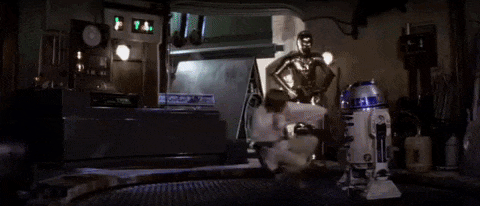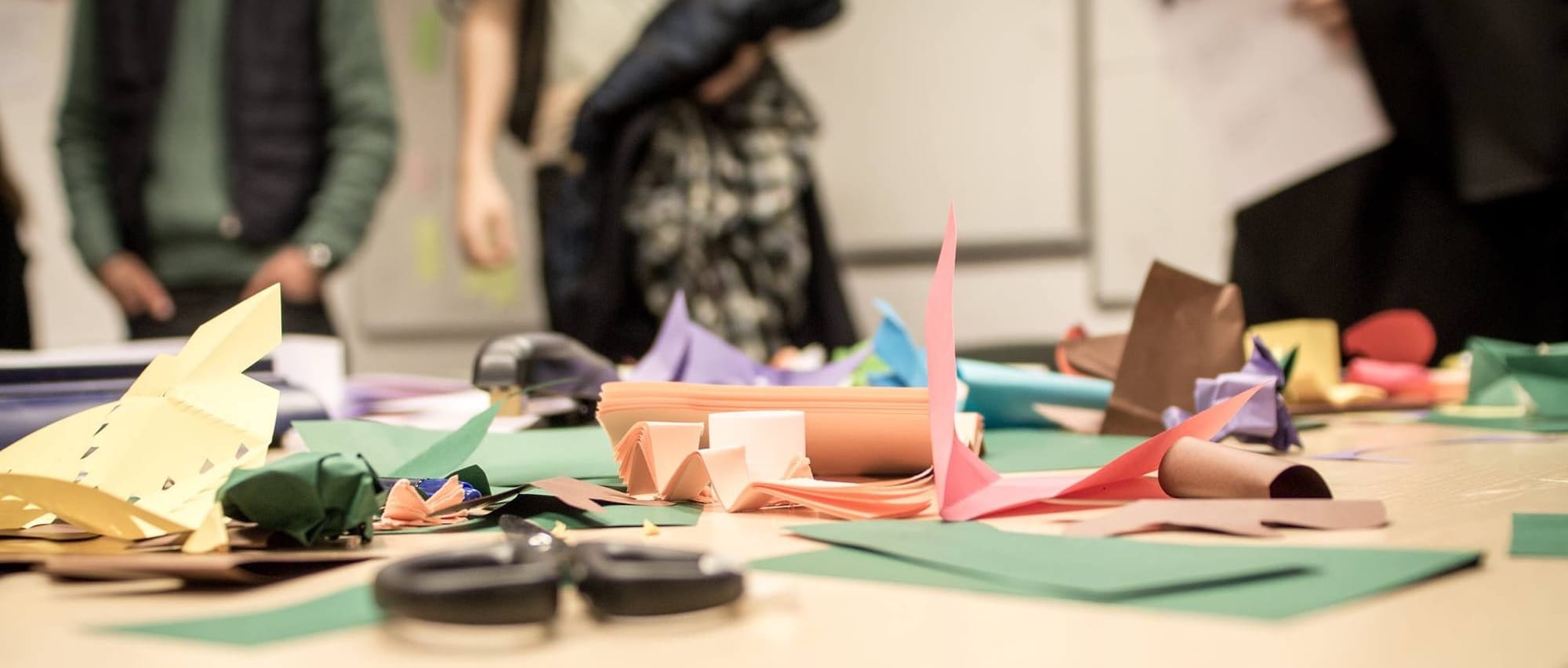
Editor’s Note
Hi, Kevin here.
Hope you’re going all well! It’s been a while since the last newsletter. End of March is coming (already) and 2019 is going fast so far 🏎
Meanwhile, things are moving on our side. I have recently released a new home for my writings: Design & Critical Thinking. I combined my efforts on Brain Diet — Think Before Eating!, one of my previous Medium’s publication dedicated to critical thinking, rational skepticism, and ethics, together with Human Centered Thinking Switzerland.
Moreover, I believe there’s a place for such topics in the design realm. As designers, developers, innovators, and more generally makers, we impact lives, we influence behaviors, and we create –all together– small pieces of a larger whole: the future. Therefore, we have a responsibility to critically think of what we’re doing. This goes with our responsibility to fight some myths and fallacies vehicle by certain business cultures about design and the understanding of the users.
So in sum, expect to have a bit more mixed articles in the coming months on UX, Design, Business Innovation, as well as Critical Thinking and Ethics.
Finally, I wanted to say thank you. Thank you for your support by reading, clapping, sharing, and (sometimes) commenting on my articles. All this is a project I do only in my spare time, but always with the hope of bringing quality reading and food-for-thoughts to the community.
Cheers,

Discover our website, Design & Critical Thinking!
Sharpen-up your human-centered and critical thinking by understanding the humans you’re living with and solving problems for.
Hot Like a Fondue.
Our stories, served hot and creamy, just like a good Swiss Fondue! 🧀🇨🇭

The Algorithms That Were Meant To Delight Us Locked Us Into Misinformation (Or Don’t They?)
In this article, I go into detail on the “filter bubble” effect: its origin, the reasons companies like Facebook or Google use algorithms from a User Experience perspective, the science behind, and the issue with the current formulation of the phenomenon.
There is a misconception of the effect in the public. This is a complex subject, but too often wrongly reduced to a technical issue by the media. In reality, things are more nuanced and we need to understand all those subtleties to properly address the issue. Designers and developers have an important role to play here.
“The main issue with the ‘filter bubble’ effect is that even tho we are sure these algorithms do have an impact on what we’re consuming on the internet, their impact is thought to be relatively marginal in most studies. People confuse correlation and causality.How to fix it: A study showed interesting results, suggesting that awareness of the consumption empowers the users, both in the understanding of mechanisms and control of the data stream they were exposed to.”

The Value of UX And Where It Stands In An Agile Approach
UX and Design are wide domains which overlap with so many disciplines, it is sometimes hard to draw clear limits. I recently had to prepare a brief introductory course to UX Design for a room full of businesspeople and Manager. This article sum-up most of the topic discussed.
“To design a product — whose value proposition is aligned with the needs — which is viable, desirable, useful, usable, and why not innovative, it is above all a question of teamwork, methods, process, and good communication. This means it is not because a person ‘takes care of the UX’ that the products will necessarily be ‘better’.[We] must be aware that this is an effort everyone must agree to make at their level. This requires everyone to be properly sensitized, have access to proven methods, and acquire a certain maturity in the field. UX is not the ‘thing’ of a single person, but a common effort for which the UX specialist brings tools, methods, support, etc. in the form of a partnership with stakeholders, while ensuring a degree of autonomy.”

How To Prevent Sterile Debate When Facing False Beliefs
In this article, I discuss what is street epistemology and how this method can help you talk with, for instance, people refractory to UX or Human-centered design.
“If you have nothing else than your belief to be right to bring on the table, you can’t really build something constructive from critics and debates. […]Street epistemology (SE) or epistemological interview can help you adopt a non-dogmatic, open-minded approach toward opinionated speeches and people.”
Thank you for reading! 🙌
We believe that Business, Design, and Technology should all join forces to do what matters the most: answering people’s pains. This is where innovation lies!
Thanks for helping us share this message of hope and for supporting us!

See you soon for more stories and adventures!












Discussion